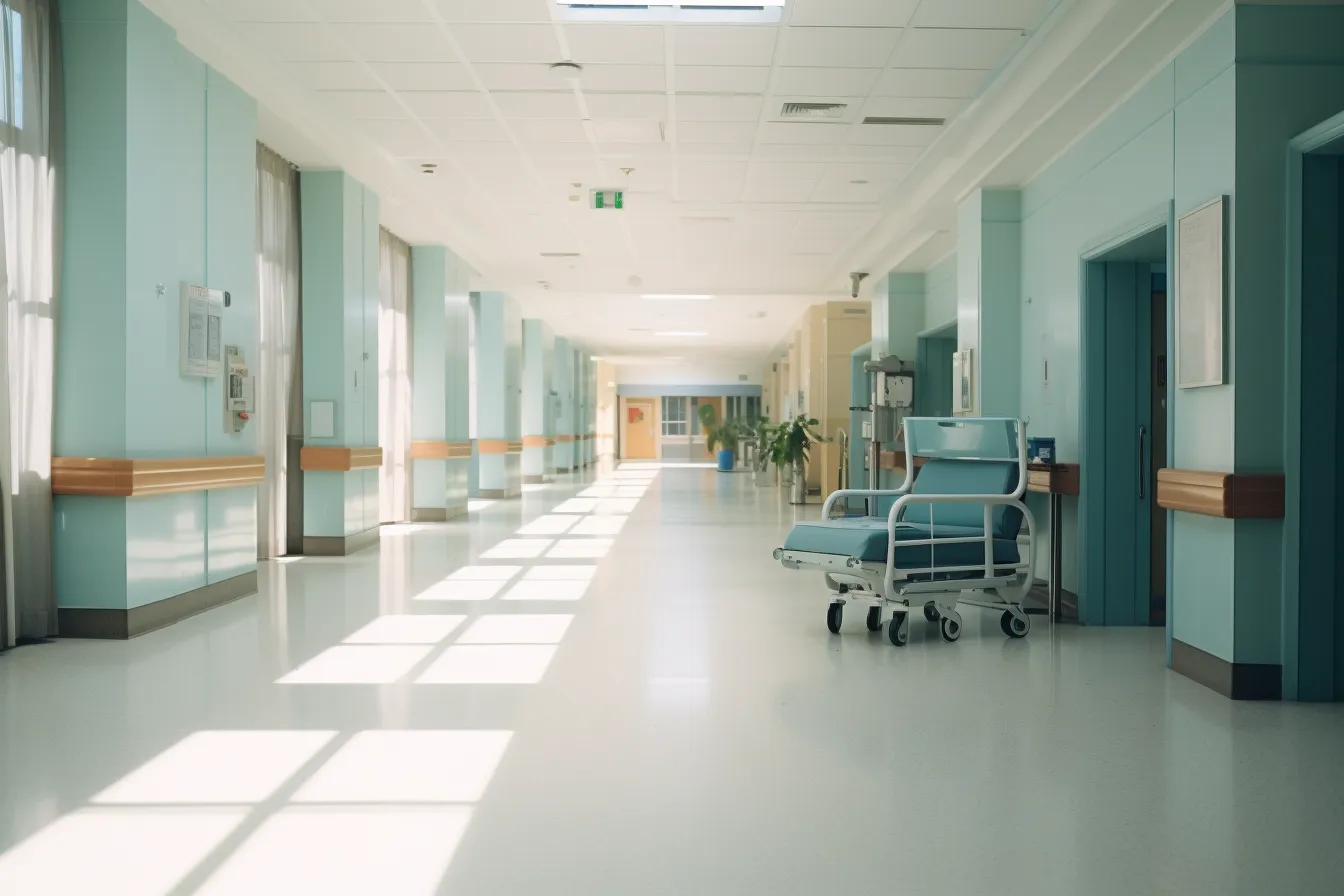Healthcare for the Economically Disadvantaged
Welcome to our comprehensive guide on strategies and resources to aid the less fortunate in accessing healthcare. In today’s society, healthcare coverage and affordability are significant concerns for many individuals and families, especially those who are economically disadvantaged. This article aims to provide valuable insights and actionable tips to help bridge the gap between financial limitations and healthcare needs. Whether you’re seeking information for yourself or looking to support others, this article will equip you with the knowledge necessary to navigate the complexities of healthcare while being economically disadvantaged.
Understanding the Challenges
The economically disadvantaged often face unique challenges when it comes to accessing healthcare. Limited financial resources can hinder their ability to afford health insurance, preventive care, prescription medications, and even emergency medical services. Additionally, the lack of access to transportation, affordable nutritious food, and stable housing can further exacerbate health disparities in this population. It is crucial to recognize and address these challenges to ensure the well-being of the economically disadvantaged.
Government Assistance Programs
– Medicaid: One of the most important resources for the economically disadvantaged is the Medicaid program. Medicaid provides free or low-cost healthcare coverage to eligible individuals and families with limited income. Qualifications vary by state, so it’s essential to visit your state’s Medicaid website to determine eligibility criteria and the application process.
– Children’s Health Insurance Program (CHIP): Designed specifically for children in low-income families, CHIP offers comprehensive healthcare coverage at little or no cost. This program fills the gap for children who may not qualify for Medicaid but still need affordable healthcare services.
– Affordable Care Act (ACA): The ACA introduced various provisions to make healthcare coverage more affordable and accessible. It expanded Medicaid in some states, established health insurance marketplaces, and provided subsidies to lower-income individuals and families to help offset the cost of insurance premiums. Navigating the complexities of the ACA may require assistance, such as community health centers or enrollment specialists.
Community Health Centers
– Community Health Centers (CHCs) are vital resources for the economically disadvantaged, providing primary healthcare services at reduced or no cost. These centers offer a wide range of services, including preventive care, chronic disease management, dental care, mental health services, and more. CHCs operate on a sliding fee scale based on income, ensuring that healthcare remains affordable, regardless of one’s financial circumstances.
– Federally Qualified Health Centers (FQHCs) are a subset of CHCs that receive federal funding to provide healthcare services to underserved communities. FQHCs offer comprehensive primary care services, referrals to specialized care, and prescription medications at significantly reduced costs. Their mission is to meet the healthcare needs of all individuals, regardless of their ability to pay.
Prescription Assistance Programs
– Prescription assistance programs help the economically disadvantaged access the medications they need to manage their health conditions. Pharmaceutical companies, nonprofit organizations, and government agencies offer these programs to provide free or discounted prescription medications to eligible individuals. Some programs require an application process, while others simply provide assistance through partnerships with healthcare providers.
– Patient Assistance Programs (PAPs) are typically offered by pharmaceutical companies to provide free or low-cost medications to uninsured or underinsured individuals who meet specific eligibility criteria. These programs often require proof of income and other financial documentation.
– State Pharmaceutical Assistance Programs (SPAPs) help individuals who cannot afford prescription medications by offering subsidies, discounts, or even full coverage for certain drugs. Eligibility requirements may vary by state.
Local Nonprofit Organizations
– Local nonprofit organizations play a crucial role in assisting the economically disadvantaged in their communities. These organizations provide various resources, such as free or low-cost healthcare clinics, health education programs, and navigation services to help individuals access healthcare and social support systems. Examples include the Salvation Army, United Way, and local clinics operated by nonprofits.
– Free and Charitable Clinics offer medical, dental, and behavioral healthcare services to individuals who lack insurance or have limited financial resources. These clinics are typically staffed by volunteer healthcare professionals who provide compassionate care at little to no cost.
Conclusion
In conclusion, healthcare for the economically disadvantaged is a multifaceted issue, but one that can be addressed through strategic and targeted resources. By utilizing government assistance programs, community health centers, prescription assistance programs, and the support of local nonprofit organizations, individuals and families in need can access necessary healthcare services at reduced or no cost. It is our collective responsibility to ensure that healthcare remains a basic human right, regardless of one’s financial status. Together, we can make a difference in the lives of the economically disadvantaged and help promote equality in healthcare.
